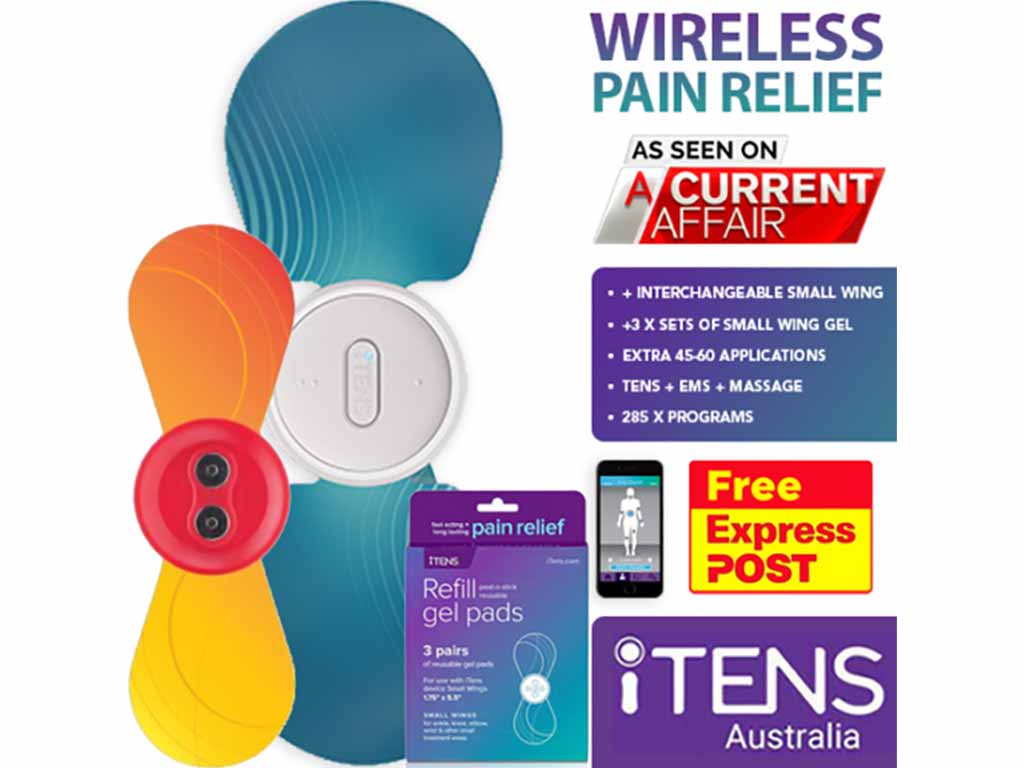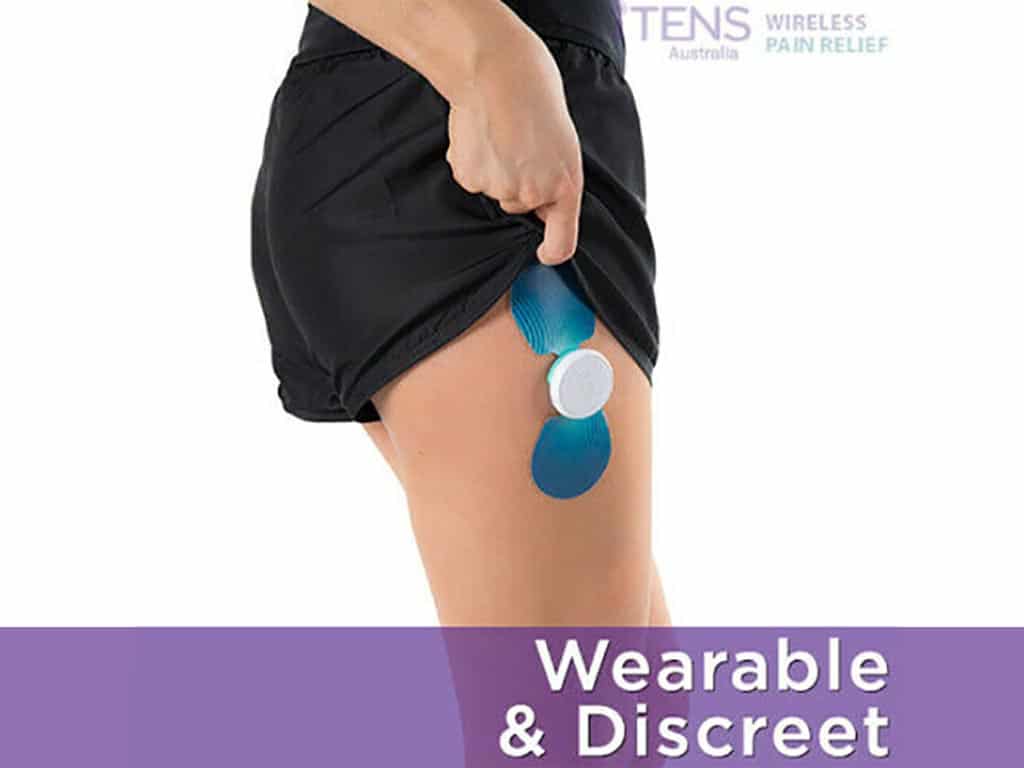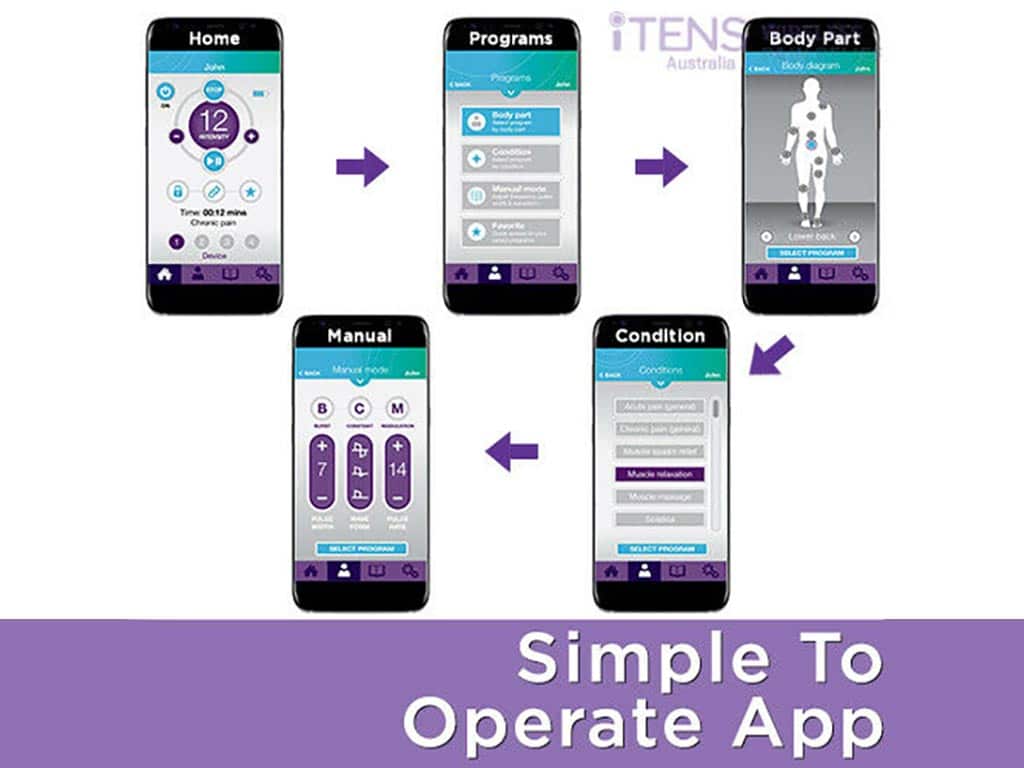
Transcutaneous Electrical Nerve Stimulation, or TENS for pain control, offers a safe and effective method of pain relief. It uses a device that sends electrical currents through the skin to the nerves. Accordingly, this electrical stimulation provides benefits. It is a non-invasive and non-pharmacological intervention. It is also customisable and cost-effective. Furthermore, conducting TENS therapy is straightforward. Prepare the skin area where the electrode patches will be placed. Attach the electrodes. Finally, turn on the unit and adjust the settings.
Pain characteristics vary from person to person. Nevertheless, it impacts daily activities and the overall quality of life. Hence, a pain management solution is essential. TENS therapy offers safe and effective analgesia, an alternative to traditional methods of pain relief. Pain clinics, medical professionals, and physical therapists often recommend TENS treatment. The following sections will present the mechanisms of action of TENS for the management of pain, its benefits, and how to conduct it.
Mechanisms of Action of TENS for Pain Control
In general, TENS for pain control works by delivering electrical impulses to the body via electrode patches attached to the skin. These pulses function in various mechanisms to provide analgesic effects. Foremost, the application of TENS has been shown to encourage the production of endorphins. These are chemicals in the body that act as natural pain relievers. Endorphins bind to opioid receptors, elevating well-being.
Another mechanism is the activation of the pain gate mechanism. According to this, the electrical pulses can effectively “close the gate” for pain signals in the spinal cord. It prevents them from reaching the brain. Hence, TENS can overshadow or block pain messages by stimulating the nerves that transmit touch and vibration sensations. As a result, it reduces the perception of the pain intensity.
In addition, TENS aids in improving blood circulation. The electric currents help to increase blood flow to the treatment area. It can accelerate the healing process and reduce inflammation. Improved circulation brings more oxygen and nutrients to the affected tissue. It also aids in the removal of waste products from the cells. Nevertheless, this can lead to a decrease in discomfort.
Low and High Frequencies
The working principle of TENS revolves around the following frequencies:
- Low-Frequency TENS: Often referred to as Acupuncture-like TENS. It operates at less than 10 Hz. It is believed to work by stimulating the production of endorphins within the body. Thus, it is beneficial for chronic pain conditions.
- High-Frequency TENS: Known as Conventional TENS. It is usually set between 50 to 120 Hz. It aims to block the pain messages travelling to the brain. Nevertheless, it is valuable for acute pain.
- The choice between low and high-frequency TENS depends on the condition of the individual, types of pain, and preference.

Benefits of TENS for Pain Control
TENS for pain control employs a natural method to alleviate discomfort. It avoids the potential side effects of pharmacological agents and risks of invasive procedures. Accordingly, users can place the sets of electrodes directly or surrounding their areas of pain. It ensures that relief is precisely where it is needed most. It effectively manages discomfort without affecting other parts of the body.
Furthermore, TENS therapy is adaptable. It provides a level of pain relief for a broad spectrum of conditions. This makes it a valuable tool for individuals. TENS machines also come with adjustable settings. It allows users to tailor the frequency, duration, and intensity of stimulation. Nevertheless, this personalisation ensures that each session is as practical and comfortable as possible.
Investing in a TENS unit is relatively cost-effective compared to ongoing medication costs or frequent therapy sessions. It offers significant savings as it can be used multiple times. Additionally, TENS works well as an adjunctive intervention. It complements other pain relief methods, such as physical therapy or exercise. It provides positive outcomes as it enhances the overall effectiveness of the treatment plan.
Types of Pain that Can Be Relieved with TENS Therapy
TENS therapy can be particularly effective in managing acute conditions. These are often sharp and sudden. They usually arise from labour pain, postoperative pain, injuries, and headaches. Additionally, TENS can help manage chronic pain conditions. They persist over a long time. It can result from arthritis pain, fibromyalgia, and backaches.
The treatment also aids in neuropathic pain. It arises from damage or dysfunction within the nervous system. Conditions like diabetic neuropathy and sciatica can lead to nerve pain. Furthermore, TENS helps relieve musculoskeletal pain. It affects the bones, ligaments, and tendons. It may include rheumatoid arthritis, knee joint pain, and osteoarthritis pain.

How to Conduct TENS for Pain Control
Conducting TENS for pain control involves a series of straightforward steps. Begin by locating the treatment area and preparing the skin over it. Accordingly, following the proper electrode placement guide, attach the electrode patches to the skin. Connect the electrodes to the central machine via lead cables or on a smartphone or tablet through Bluetooth for wireless TENS units.
Next, turn on the TENS device and customise the parameters of stimulation. The unit usually offers various settings, including frequency, intensity, and duration of electric stimulation. Nevertheless, start with a low setting and gradually increase the intensity until a solid but comfortable sensation is felt. It should feel like a tingling or buzzing but not painful or uncomfortable.
A typical TENS therapy session lasts between 15 to 30 minutes. Take breaks for longer sessions. Additionally, depending on recommendations, the device can be used multiple times throughout the day. Throughout the session, monitor the effects of the treatment and take action if necessary. After use, turn off the TENS device, remove the electrode pads, and safely store the unit for future use.
Electrode Placement Guide
The most straightforward approach is to place the electrodes directly over the region experiencing pain. Accordingly, positioning the electrodes around the pain site can be more effective for widespread discomfort. It creates a field of stimulation that covers the entire painful area. Placing the electrodes along the path can help intercept pain signals if the pain radiates or follows a nerve pathway.
Additionally, maintain a proper distance between the electrode pads. It ensures that the delivery of electrical currents is balanced. Moreover, never place the electrodes on sensitive areas. It may include the head, eyes, mouth, throat, chest, bony prominences, spinal cord, and broken skin.
Conclusion
In conclusion, TENS for pain control is a highly effective method of pain relief. It is a therapeutic technique that utilises an electronic device that emits electrical pulses. It delivers the currents through electrodes placed on the skin. Consequently, these impulses work based on various mechanisms. It includes the pain gate mechanism and the Endorphin Release Theory. It also aids in improving blood flow. Additionally, TENS units can stream the currents in low and high frequencies.
Furthermore, TENS therapy extends a multitude of benefits. It is natural, adaptable, adjustable, cost-effective, adjunctive, and can provide relief precisely. TENS treatment is also effective in managing various types of pain. It can treat acute and chronic conditions. Also, it can address neuropathic pain and musculoskeletal pain. Moreover, conducting TENS therapy is straightforward. Prepare the skin in the treatment region. Then, place the electrodes. Finally, turn on the TENS unit and adjust the settings.







